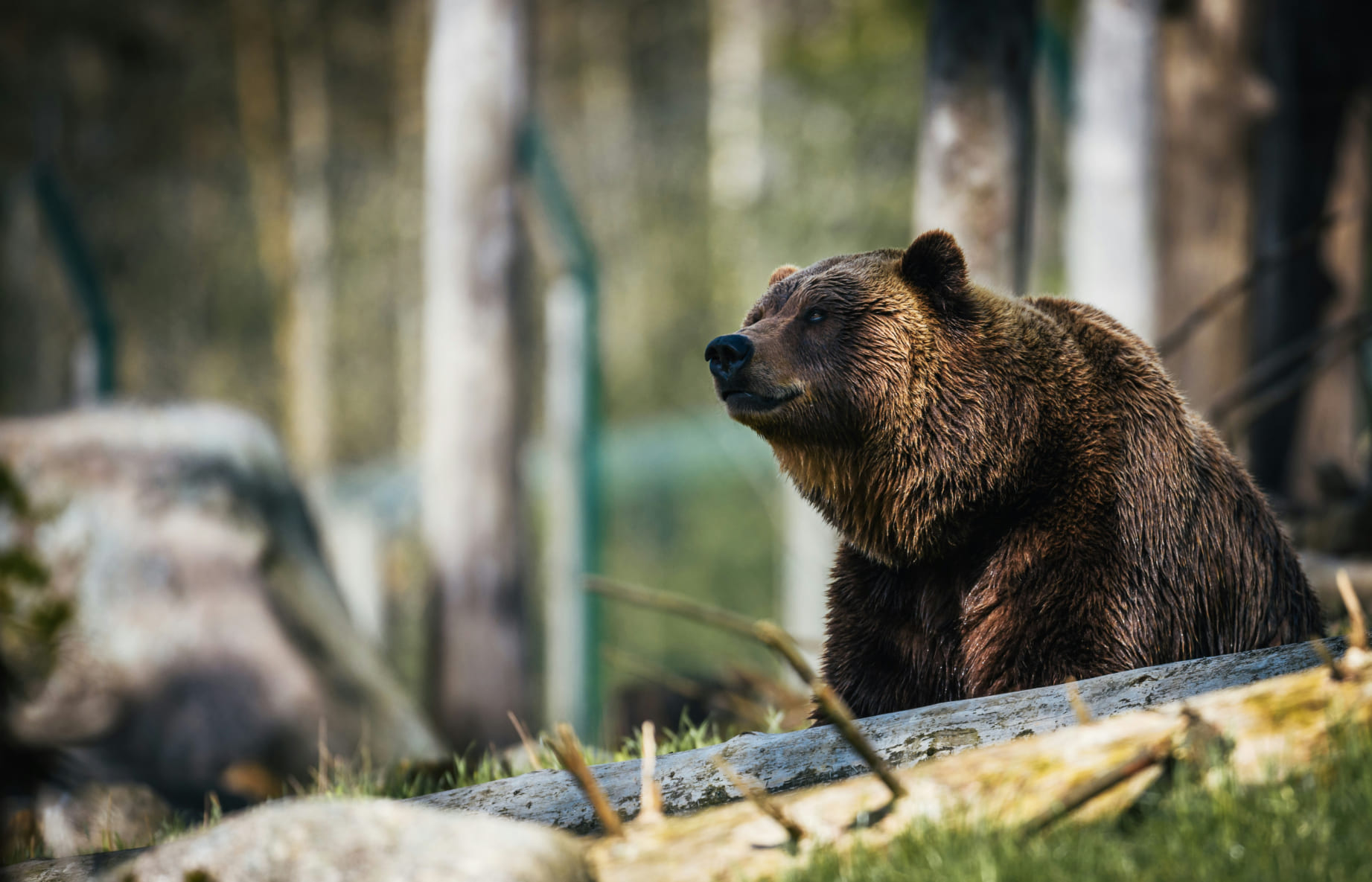- Ward 36 Ward 7 Ward 5 Ward, Kudopar, Madhya Pradesh 480874, India
- Mon - Sat: 8am - 5pm
- +917878486679
Animals

Bear: Facing Threats on Multiple Fronts
Bears, whether in North America, Europe, or Asia, face a host of challenges that threaten their existence. Different bear species, from grizzlies and black bears to polar bears, confront unique difficulties related to their specific environments. Habitat loss remains a universal issue, as expanding human development destroys and fragments forested areas critical to bear populations. This destruction leads bears to wander into human territories in search of food, resulting in frequent conflicts that can turn deadly for both bears and humans.
Polar bears, specifically, are battling the most severe impact of climate change. As Arctic sea ice melts due to rising temperatures, polar bears lose their hunting grounds and are forced to swim longer distances for food. Many polar bears now suffer from malnutrition, as their primary prey, seals, becomes harder to access. Conservation efforts for polar bears focus on reducing carbon emissions to slow ice melt, while programs for other bear species work to protect forests and create safe passages to reduce human encounters. Bears symbolize wilderness, but without serious intervention, they risk losing their rightful place in nature.
